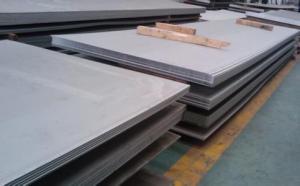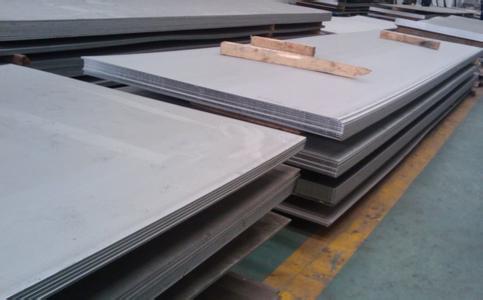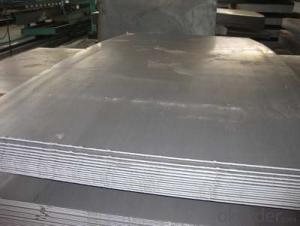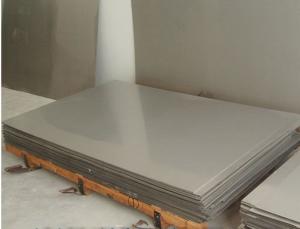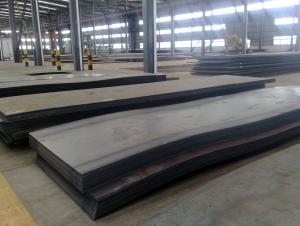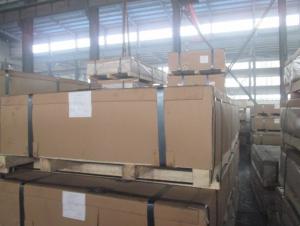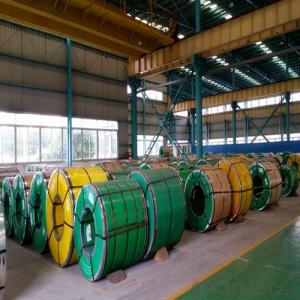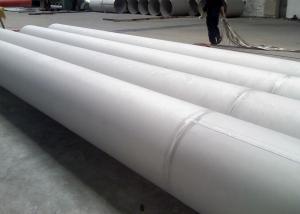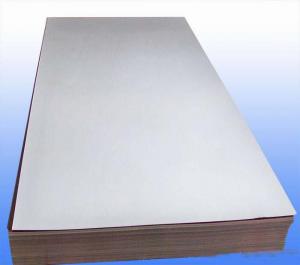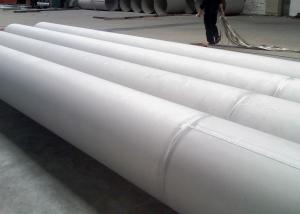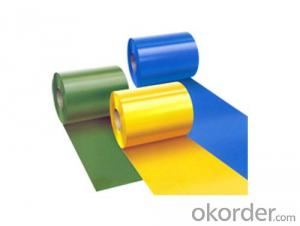Hot Rolled Stainless Steel Sheet With Stocks Price
- Loading Port:
- Shanghai
- Payment Terms:
- TT or LC
- Min Order Qty:
- 6 m.t.
- Supply Capability:
- 4000 m.t./month
OKorder Service Pledge
OKorder Financial Service
You Might Also Like
1.Structure of Product Description
Stainless steel sheet, stainless steel plate, stainless steel slab are all widely used in the field of decoration field, etc. There are many different grades, such as: 200 series, 300 series, such as: 201, 202, 301, 304, 316, 410, 420, 430, etc.
The surface is including 2B, BA, Mirror Finish, Checkered, etc.
2. Main features of the product
a. Competitive price
b. Frist-Class Service.
3. Image.
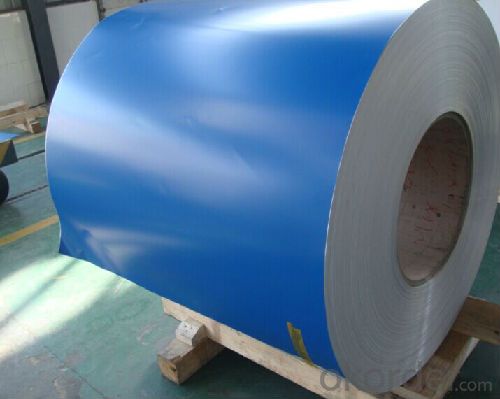
4. Product detailed sizes:
1000mm*2000mm, 1219mm*2438mm,1500mm*3000mm,1500*6000mm,etc.
5. FAQ:
What is the quality standard?
---Usually our standard is GB3880-2006 or else.
What is the width range?
---It is from 1000mm to 2500mm, etc.
What is the length range?
---It is from 2000mm to 6000mm, etc.
How many tons did you export in one year?
---Normally it is around 9000 tons totally.
Where is your client from?
---Normally it is from Japan, USA, ENGLISH, SINGAPORE, ETC.
What is your mainly products?
---Normally they are stainless steel sheet, stainless steel coil, stainless steel checkered sheet, stainless steel mirror finished sheet, color coated stainless steel sheet, etc.
- Q: Can stainless steel sheets be polished or brushed?
- Stainless steel sheets have the ability to undergo both polishing and brushing procedures. Polishing these sheets necessitates the utilization of abrasive compounds to eliminate any surface blemishes or scratches, ultimately producing a sleek and reflective appearance. Conversely, brushing stainless steel sheets involves the usage of abrasive pads or brushes to craft a textured design or finish. This technique generates a brushed look featuring delicate parallel lines, which may be oriented either horizontally or vertically. Both polishing and brushing methods serve to heighten the visual allure of stainless steel sheets while concurrently bolstering their resistance against corrosion.
- Q: Can stainless steel sheets be used for automotive body panels?
- Yes, stainless steel sheets can be used for automotive body panels. Stainless steel is a popular choice for automotive applications due to its excellent corrosion resistance, high strength, and durability. It can withstand harsh weather conditions, road salts, and other environmental factors without rusting or degrading. Additionally, stainless steel is lightweight, making it ideal for reducing the overall weight of the vehicle and improving fuel efficiency. However, stainless steel can be more expensive compared to other materials, which may affect its widespread use in automotive body panels.
- Q: Are stainless steel sheets good for exhaust systems?
- Yes, stainless steel sheets are highly suitable for exhaust systems due to their exceptional heat resistance, durability, and corrosion resistance properties. Additionally, stainless steel sheets offer high strength and are able to withstand extreme temperatures and harsh environments, making them an ideal choice for exhaust systems that are exposed to heat, moisture, and chemicals.
- Q: Are stainless steel sheets resistant to lactic acid?
- Yes, stainless steel sheets are generally resistant to lactic acid. Stainless steel is known for its corrosion resistance, and lactic acid is not typically strong enough to cause significant damage to stainless steel surfaces. However, the resistance may vary depending on the specific grade and quality of stainless steel used. It is always recommended to consult with a material expert or conduct proper testing to ensure the suitability of stainless steel sheets for specific applications involving lactic acid.
- Q: What are the advantages and disadvantages of net drawing stainless steel users?
- Drawing process will to some extent lose the thickness of stainless steel plate, usually at 0.1~0.2mm. In addition, because the human body, especially the palm has a relatively strong oil and sweat secretion, stainless steel wire drawing board often hand touch will leave a more obvious fingerprints, regular scrub.
- Q: Are stainless steel sheets suitable for laboratory equipment or instruments?
- Yes, stainless steel sheets are highly suitable for laboratory equipment or instruments. Stainless steel is known for its excellent corrosion resistance, durability, and high strength, making it an ideal choice for laboratory applications. It is resistant to chemicals, heat, and staining, which ensures the longevity and reliability of the equipment. Additionally, stainless steel is easy to clean and maintain, meeting the strict hygiene standards required in laboratories.
- Q: How do stainless steel sheets differ from regular steel sheets?
- There are several key differences between stainless steel sheets and regular steel sheets. Firstly, stainless steel is an alloy that contains a minimum of 10.5% chromium by mass. This chromium content creates a protective passive layer on the steel's surface, preventing corrosion and staining. On the other hand, regular steel sheets are prone to rust and corrosion when exposed to moisture or certain chemicals. Secondly, stainless steel sheets have superior resistance to heat and oxidation compared to regular steel sheets. This makes stainless steel an excellent choice for applications that require high temperature resistance, like industrial furnaces or automotive exhaust systems. Thirdly, stainless steel sheets have exceptional strength and durability, making them suitable for various structural and industrial uses. Regular steel sheets may have lower strength and durability, depending on their composition and manufacturing process. Moreover, stainless steel sheets have an appealing appearance due to their smooth and shiny surface. This aesthetic quality makes them a popular choice in architectural, interior design, and decorative applications. Lastly, stainless steel sheets are known for their hygienic properties. They are non-porous and easy to clean, making them commonly used in industries with strict hygiene requirements, such as food processing, pharmaceuticals, and healthcare. In conclusion, stainless steel sheets differ from regular steel sheets in terms of their corrosion resistance, heat resistance, strength, appearance, and hygiene properties. These unique characteristics make stainless steel sheets the preferred material for many industries and applications.
- Q: Are stainless steel sheets suitable for high-traffic areas?
- Indeed, high-traffic areas can benefit from the use of stainless steel sheets. Renowned for their durability, strength, and resistance to corrosion, stainless steel proves to be an outstanding option for spaces frequented by many individuals. It possesses the ability to endure continuous usage and mistreatment, encompassing scratches, dents, and impacts, all while maintaining its structural integrity. Moreover, stainless steel sheets present themselves as effortless to clean and maintain, rendering them an optimal choice for regions necessitating frequent cleaning and disinfection. In summary, stainless steel sheets offer a dependable and enduring solution for high-traffic areas.
- Q: What is the electrical conductivity of stainless steel sheets?
- The electrical conductivity of stainless steel sheets is relatively low compared to other metals, such as copper or aluminum.
- Q: How do you prevent crevice corrosion on stainless steel sheets?
- To prevent crevice corrosion on stainless steel sheets, it is important to ensure proper cleaning and maintenance. Regularly inspect the sheets for any signs of damage or corrosion and promptly address any issues. Avoid leaving stagnant water or debris in crevices or gaps as they can promote corrosion. Applying protective coatings, such as paints or sealants, can also help prevent crevice corrosion. Additionally, using stainless steel grades that are more resistant to crevice corrosion, such as 316 or 317, can be beneficial in preventing this type of corrosion.
Send your message to us
Hot Rolled Stainless Steel Sheet With Stocks Price
- Loading Port:
- Shanghai
- Payment Terms:
- TT or LC
- Min Order Qty:
- 6 m.t.
- Supply Capability:
- 4000 m.t./month
OKorder Service Pledge
OKorder Financial Service
Similar products
Hot products
Hot Searches
Related keywords
